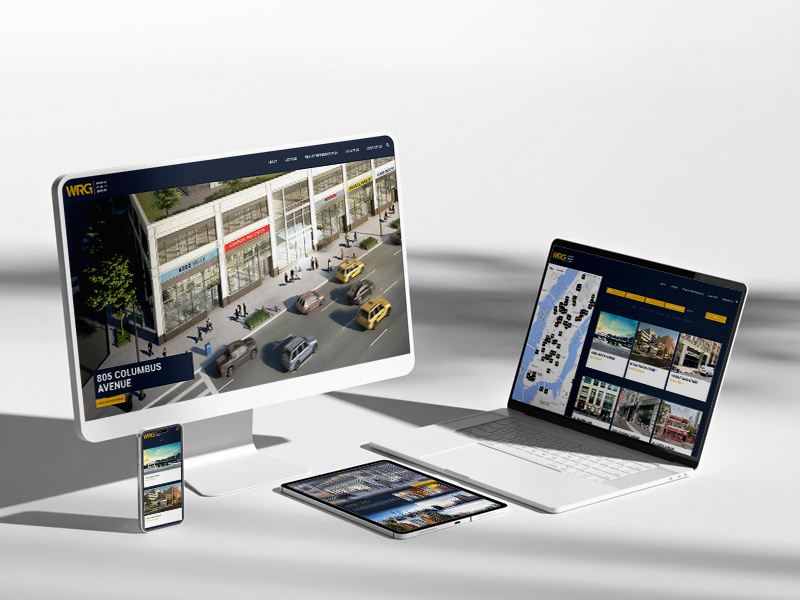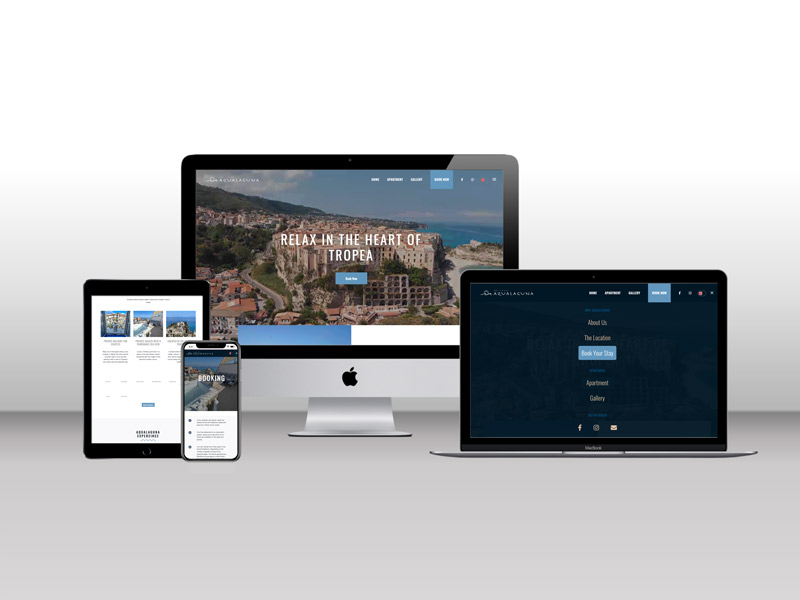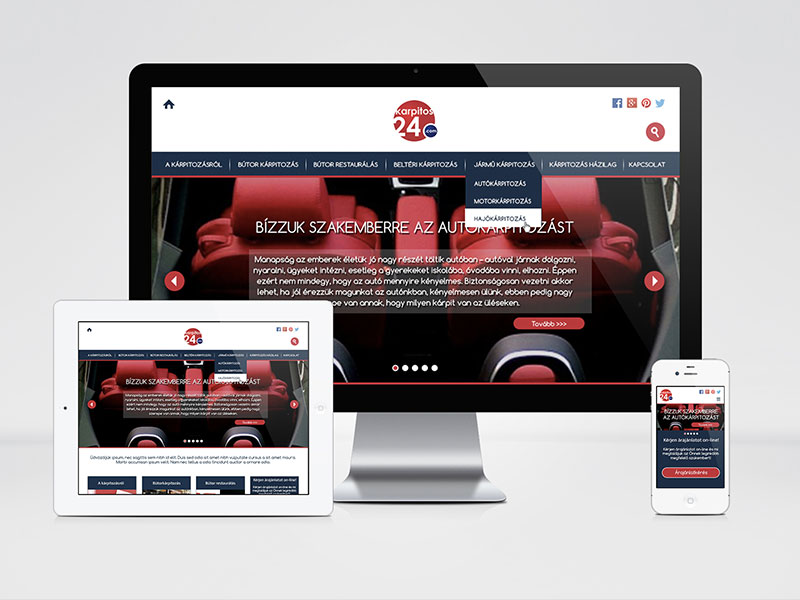









From eye-catching designs to responsive layouts, we ensure your website captivates and engages your target audience. We develop stunning, user-friendly websites that are optimized for speed, functionality, and search engine visibility that not only showcase your brand's uniqueness but also deliver a seamless browsing experience.











Our website development milestones ensure a seamless and successful journey from concept to completion. We begin by conducting a thorough analysis of your requirements, followed by strategic planning and design conceptualization. Once the design is approved, our skilled developers bring it to life using the latest technologies and coding practices. Rigorous testing and quality assurance are then conducted to ensure optimal functionality and user experience.
Finally, we launch your website, closely monitor its performance, and provide ongoing support to ensure your online presence evolves and thrives. Our milestones guarantee a transformative website development process that exceeds your expectations and drives your business forward.
Responsive design is an approach to web design that ensures websites and applications adapt and display optimally on various devices and screen sizes. It involves creating flexible layouts and using fluid grids, scalable images, and CSS media queries to automatically adjust content and design elements based on the user's device. This enables a seamless and user-friendly browsing experience across desktops, tablets, and mobile devices.
Content Management Systems are tailor-made software solutions designed to manage and publish digital content. Unlike off-the-shelf CMS platforms, custom CMS systems are built from scratch to meet specific requirements and provide unique functionalities. It offers greater flexibility, scalability, and customization options, allowing organizations to have full control over their content, design, and features, tailored to their specific business needs.
Social media integration refers to the process of incorporating social media platforms into websites, applications, or digital marketing strategies. It involves connecting and integrating social media features such as sharing buttons, social login, live feeds, or embedding social media content into the digital platforms. This integration enables seamless interaction, engagement, and sharing between users and social media platforms, enhancing brand visibility, driving traffic, and fostering a cohesive online presence across various channels.
E-commerce solutions encompass a range of software and technologies that enable businesses to sell products or services online. These solutions provide the necessary tools for managing online catalogs, processing payments, tracking orders, and facilitating secure transactions. They often include features like inventory management, shipping integration, and customer relationship management (CRM) capabilities, allowing businesses to efficiently operate their online stores and provide a seamless shopping experience for customers.
Search Engine Optimization (SEO) is a set of practices aimed at improving a website's visibility and organic rankings in search engine results pages. It involves optimizing various elements on a website, such as content, meta tags, and website structure, to make it more appealing to search engines. By adhering to SEO best practices, businesses can increase their chances of appearing higher in search engine results, driving more organic traffic, and reaching their target audience effectively.
Website analytics refers to the collection, measurement, and analysis of data related to website usage and visitor behavior. It involves using tools like Google Analytics to track various metrics, such as website traffic, page views, conversion rates, and user engagement. Website analytics provides valuable insights into how users interact with a website, allowing businesses to make data-driven decisions, optimize their online presence, and improve user experience to achieve their goals, such as increasing conversions or enhancing overall performance.
Website maintenance and support involves the ongoing activities required to ensure the smooth functioning, security, and performance of a website. It includes tasks like regularly updating software, plugins, and security patches, monitoring website performance, troubleshooting issues, and implementing backups and disaster recovery plans. Website maintenance and support services are essential to keep a website up-to-date, secure, and optimized, ensuring a seamless user experience and minimizing downtime or disruptions.
Website redesign and upgrades involve the process of making significant changes and improvements to an existing website. This can include updating the website's design, layout, functionality, and content to enhance its visual appeal, usability, and performance. Website redesign and upgrades are often driven by the need to modernize the website, align it with current industry trends, improve user experience, and achieve specific business goals such as increasing conversions or improving search engine rankings.
This initial phase involves defining the purpose, goals, target audience, and overall scope of the website. It also includes creating a sitemap and wireframes to outline the site's structure and layout.
In this step, the website's visual appearance is crafted. It includes creating the website's look and feel, selecting color schemes, typography, and designing the user interface (UI) elements. Graphic design software and prototyping tools are often used to create mockups and interactive prototypes.
The content for the website is developed during this stage. It includes writing and organizing text, gathering images, videos, and other media, and optimizing them for web usage. SEO considerations, such as keyword research, are also taken into account to enhance the website's visibility on search engines.
This is the phase where the website comes to life. Web developers use programming languages (such as HTML, CSS, and JavaScript) to build the website's structure, integrate dynamic functionality, and implement interactive features. Content management systems (CMS) like WordPress may be used to simplify the development process and allow for easier content management.
Once the website is developed, it undergoes rigorous testing to ensure functionality, responsiveness, and compatibility across different devices and web browsers. Bugs, errors, and performance issues are identified and fixed. Additionally, usability testing is conducted to gauge user experience and make necessary improvements.
After thorough testing and optimization, the website is ready to be deployed to a web server. This involves transferring the website files to the server, configuring domain settings, and ensuring proper security measures are in place, such as SSL certificates for secure communication.
Once the website is live, regular maintenance is essential to keep it secure, up-to-date, and functioning smoothly. This includes monitoring performance, applying security patches, updating content, and incorporating new features or enhancements based on user feedback or changing requirements.